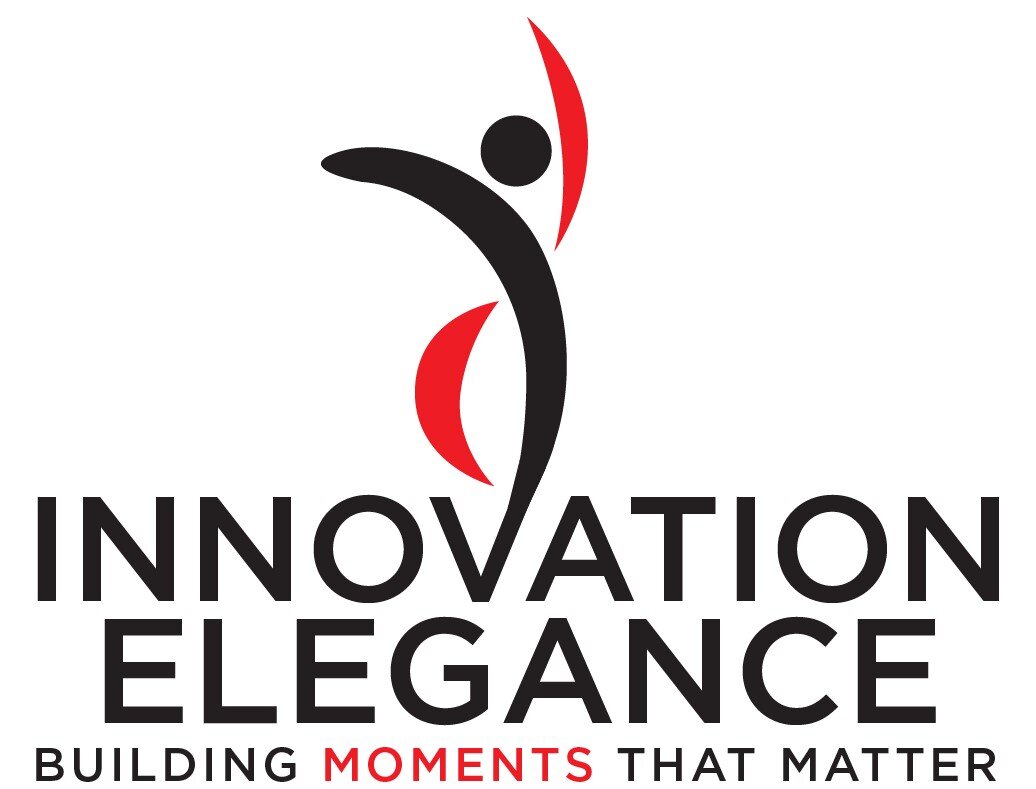Improve Your Culture’s Automation
“Technology is a wonderful servant but a horrible master.”
As automation and innovation march along, data has reached exalted status.
You frequently hear the merits of a “system of record” and “single source of truth.” Data Science, data governance, and data integrity are hot topics.
Being data-driven to be pragmatic and minimize bias, ego, and pet projects is healthy. Obsession with Voice of the Customer data is healthy. But obsession with your Production data undermines automation.
Elevating data governance suppresses process governance. Process governance often takes a back seat to data governance. An ungoverned process leads to mistakes, and mistakes lead to data problems. So, if you think you have a data integrity problem, you have a process integrity problem.
No one says, “The data is broken.” The common exasperation you hear (and it’s accurate) is, “The process is broken.”
If you insist on having a single location to hold your data, would you similarly insist on having a single location to hold your clothes? Would you reject a second closet (even in a second home), a storage room, or a closet in a hotel room? Even a suitcase serves as a temporary closet. The ideal quantity of storage units depends on your context. The point is that Content Management needs to take a back seat to Context Management. Context is the experience, journey, and story of your customers, employees, and stakeholders.
Your vendors can’t really help you manage your employees or govern their processes (Context Management) but they can help you manage your data (Content Management), so they do. They have a financial incentive to govern your data – and the data of their other customers – tightly - and elevate the value of that work compared to the heavy lifting of Context Management.
The positive spin for an ungoverned process is freedom. The negative spin for an ungoverned process is chaos. Neither improve automation. Automation requires process governance. Process governance prevents data integrity problems. Data doesn’t pollute itself.
Process governance requires transparency of the current state and future state processes – so write it down. Write it like you’re working on a movie script – the next blockbuster – for your customers, for your coworkers. Stories are glamorous. Improving your customer’s story is glamorous. And profitable.
Instead of a single source of truth, consider a single script of truth. Instead of a system-of-record, consider a script-of-record. Instead of glamorizing data, glamorize the story. Story governance – process governance – requires discipline. No one is surprised this form of discipline is also unpopular.
Admittedly, fixing a process problem is painstaking and time-consuming. You might need weeks or months to fix a process problem. To fix a true data problem, you need minutes or hours – a small win. A true data problem is a sampling error. A process problem is either a systemic or a systematic problem – a much bigger win.
Automation is described by helping society delegate the 7 D’s, i.e., technology taking over what is dull, dirty, difficult, dear, demanding, demeaning, and dangerous. Tech professionals who tout data transparency – data lake – as “self-service” undermine the 7 D’s and delegate work in the wrong direction. Process transparency allows you to see more easily what the business can delegate to a technology actor.
Being data-driven fosters Technology running the Business. It’s best if the Business runs the Business. Being data-driven risks letting the Business off the hook from authority and accountability.
When you’re good with a hammer, everything looks like a nail. It’s understandable that data professionals pursue data integrity problems. But we don’t have data for the sake of itself. We don’t automate for the sake of itself. We automate to improve someone’s story. Do we need more data scientists? Maybe. But the world definitely needs more great stories, and that requires great storytellers. When you’re good with a story, everything looks like the next great story to write – the next great customer journey to rewrite. Innovation is rewriting your customer’s story.
Process governance is the discipline your innovation team needs. Storytelling is the empathy your employees and customers want. Discipline and empathy create breath-taking stories, automation, and Innovation Elegance.


